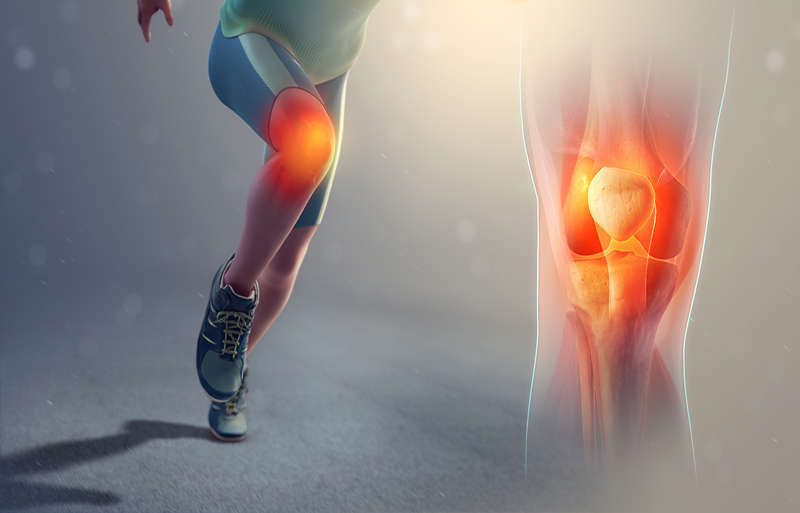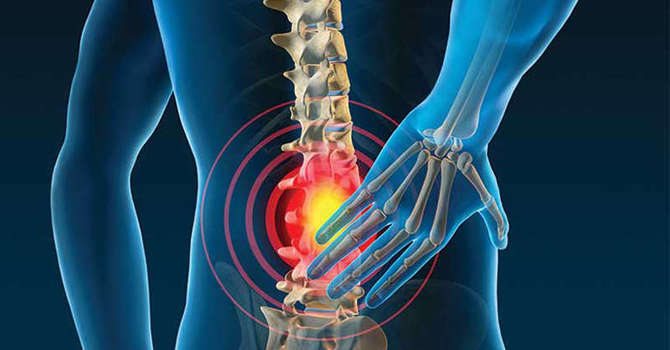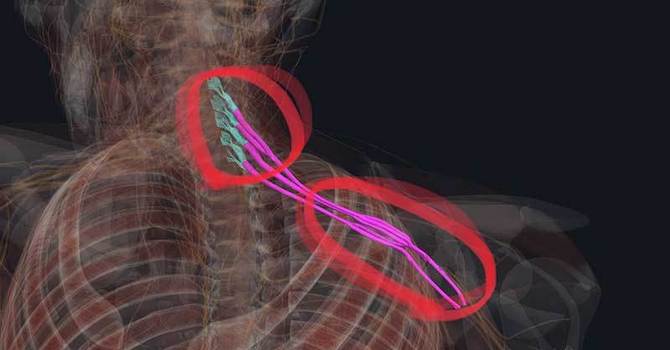
Patellofemoral Syndrome & Our Approach
What Is It, and How Does It Happen?
Patellofemoral syndrome is a patella (knee cap) tracking problem. It if often refers to as “runner’s knee”. The lateral quadriceps muscle, Vastus Lateralis (and often the ITBand) becomes very tight and over powers the medial quadriceps muscle, Vastus Medialis. Ideally the patella should slide up and down in the patellar groove as the quadriceps contract. When the lateral side is too tight the patella is pulled to the lateral side. This causes a tracking problem for the patella and therefore rubbing and inflammation under the patella. The pain underneath and around the patella is the symptom but the areas that need to be corrected are the lateral quadriceps and ITband. At this point we need to examine further and try to determine why the lateral quad is tight. It may not always be a quadriceps problem!
“Other areas including the hip and the foot also are of concern in this condition.”
This injury is seen in people with poor mechanics of the foot. A person that over pronates with their ankle/foot will put extra strain on these structures. This may be corrected with something as simple as a change of shoes. If the shoe still does not give enough support to control the over pronation, often a custom orthotic will help.
“This syndrome is more common in women due to our wider hips causing a more extreme angle down to the knee (the Q-angle). The increased angle automatically puts more tension on the lateral side of the leg. We cannot change the boney structure of the hips but we can address the muscles in the area and make our clients aware of the importance of stretching.”
This injury is often seen in beginner runners, runners that ramp up their mileage too quickly and runners that are over training. It is important to see a sports specialist when you are having pain or discomfort (even better, see a sports specialist that is also an athlete). We tend to see the same injuries over and over and will therefore have a better understanding of what you can and can’t train through.
How We Approach This
Deep massage therapy is successful in treating patella-femoral syndrome, but I use NeuroKinetic Therapy or NKT to test and never guess what is really happening. This ensures that I can identify the proper structures that are neurologically involved with the biomechanical issue happening at the knee, treat the cause of it, and to assign the correct exercises to keep it away. With NKT the results are seen FAST and I can often get the client back out to regular activity after only a couple visits. For cases that do not immediately respond or that are chronic in nature, I resort to Shockwave Therapy as the tissues need to be stimulated to heal again in order to regain full function. A similar goal is achieved with Graston Technique as well.

Ricki Porter
Contact Me




